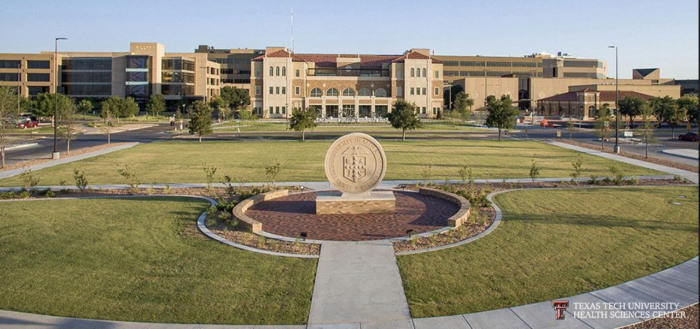 More than a third of the country’s population is healthcare illiterate. What does this mean? It means that these members of the population struggle to obtain and process healthcare knowledge and data. Thus, they make less-informed healthcare decisions, ultimately jeopardizing their lives.
More than a third of the country’s population is healthcare illiterate. What does this mean? It means that these members of the population struggle to obtain and process healthcare knowledge and data. Thus, they make less-informed healthcare decisions, ultimately jeopardizing their lives.
There are a number of factors that contribute to health literacy, or a lack thereof: age, income, even race or ethnicity. Of the four performance levels of health literacy reported by the National Assessment of Adult Literacy, just 12 percent of adults fall into the Proficient level. The rest of the nation falls among Below Basic, Basic, or Intermediate because of age, they may use English as a second language, or they may live in a poverty-stricken area.
Many in the survey reported being intimidated by healthcare providers. A simple lack of preparation before visiting a doctor or mental health professional contributes to a decline in health literacy, as patients fear asking questions that will add to their understanding of their own care.
Changing the trend of healthcare illiteracy in the United States requires efforts on two fronts: from the public itself feeling empowered to seek out healthcare literacy programs and from public administrators properly trained and willing to invest time in the community.
Using a Health Literacy Program
If you are interested in improving your health literacy but are intimidated by visiting a medical provider, or have easier access to the Internet than you do transportation to a health literacy service, there are resources you can access yourself. Start with online resources such as those offered through the National Network of Libraries of Medicine (NNLM). The NNLM lists a number of online literacy sources, such as MedLine Plus, vetted by the NNLM itself. Medline Plus also offers a library search that includes healthcare information libraries throughout the U.S. and Canada.
The NNLM list even includes a database of household products so that you can educate yourself on chemicals used in everyday products such as your shampoos, detergents, and even baby products. Use this tool to ask informed questions when visiting your healthcare providers.
Once you have done some homework yourself and would like to continue your healthcare education, it’s time to find a local health literacy program. You can search members of the NNLM’s directory of health literacy programs and libraries right down to your zip code.
These resources include university libraries as well as programs offered through non-profits such as Healthwise, Inc., a national organization that provides healthcare information and education materials. Visiting your local public health district is also a great way to find healthcare information. Your medical or insurance provider can put you in touch with this office.
Working for a Health Literacy Program
You can help change the trend in healthcare illiteracy by working for a health literacy program. There are many ways of educating yourself for working with a health literacy program. You can get a formal education in a healthcare or other medical field.
It is also wise to practice public relations and administration techniques, as you will be working closely with the public. Because you are working in a specialized field, you will have to learn to translate your medical jargon into laymen’s terms. This is one of the biggest hurdles for the public in overcoming low health literacy levels. Most members of the public cannot understand medical information on their own. It is up to health literacy professionals to synthesize the knowledge for them.
Even if you don’t have a degree in a healthcare field, if you are skilled communicator, you will be perfect for a health literacy job. Educators come in all kinds of packages. The U.S. Department of Health and Human Services Health Resources and Services Administration offers free training on communication skills for health literacy program professionals.
Up to Everyone
Health literacy is not a one-way street. It takes the combined efforts of public health administrators and an empowered public to improve health literacy rates. Because the public has less fear of and more access to the online resources, preparing for a medical visit can turn into a less intimidating prospect. It can also be easier than visiting the doctor if properly informed: sometimes, you don’t even need to go! Knowing which resources to consult and how to synthesize the information is key. Online sources and public health literacy programs can help!



